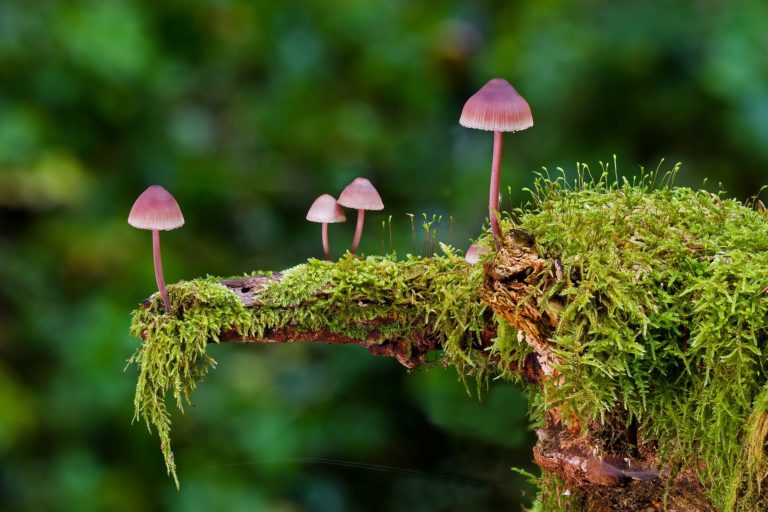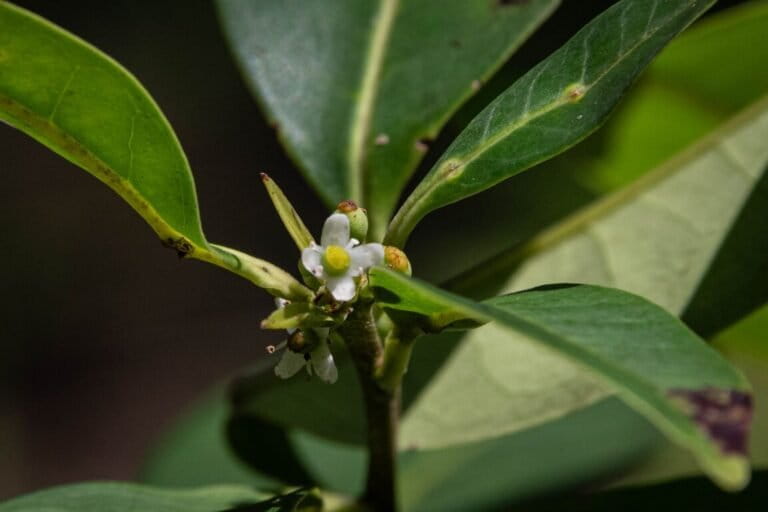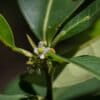Orchids (members of the family Orchidaceae) are diverse flowering plants with colorful and fragrant blooms and are often described as neglected plants in Nepal, where an estimated 500 or so…
KINSHASA, Democratic Republic of Congo — Every weekend between January 2022 and December 2023, members of the nongovernmental organization Ferme Don de Dieu (FDD) planted trees on farmland in Yolo…
Scientists have recently described six new species of millipedes, including one from an entirely new genus, in Tanzania’s Eastern Arc Mountains. This brings the number of new species found in…
While wind turbines and solar panels multiply across the Brazilian dry forests, Tião Alves insists on tin windmills and PET bottle-based heaters. "Backcountry technology," as he defines it, arguing that…
For generations, Aboriginal Martu people in the northwestern deserts of Australia managed their ancestral lands and shaped their landscapes using fire. Burning small, frequent and low-intensity fires in diverse fire…
When a tree falls in the forest, lianas hear an opportunity. Figuratively, at least. These long-stemmed woody vines hitch a ride to the canopy by climbing up trees, rather than…
The Pampa grassland of South America covers just 2% of Brazil’s territory, dwarfed to the north by the immense rainforest, wetland and savanna landscapes of the Amazon, Pantanal and Cerrado.…
In the late summer of 2023, thick stands of wild rice stood tall and shimmered gold in some of Lac du Flambeau’s lakes. The plant has been virtually absent in…
When Chilean President Gabriel Boric instructed the Ministry of Public Works (MOP) to complete the final section of a highway connecting the southern cities of La Unión and Corral in…
In January 2020, Luis Carlos Galeano was traveling with his family through the Claro River Basin in Colombia’s mountainous Antioquia department when his wife, Viviana Aguirre, pointed out a tree…
As the sun rises over the wetlands on the shores of Lake Victoria, papyrus harvesters set out into the swamps to harvest stalks of papyrus. At the docks, fishermen returning…
Rural communities in southwestern Ghana lacking access to conventional medicine are using dozens of medicinal tree species to treat up to 83 ailments, according to a new study. However, many…
Despite being a treasure trove of rich biodiversity and traditional plant knowledge, little of the ecological knowledge of Afro-descendent peoples in the Caribbean is recognized internationally. For the authors of…
In Bangladesh, farmers are increasingly tapping into a growing global market for moringa, a tree prized for its nutritional value and potential as a climate solution. The fast-growing, drought-resistant moringa…
UAUÁ, Bahia, Brazil — Everything is growing in Perpétua's grove now. "Can you see? This is avocado; over there, papaya. This year I already got acerola. We plant a little…
Scientists named hundreds of new to science species this year, including an electric blue tarantula, two pygmy squids, a silent frog, and some thumb-sized chameleons. These newly uncovered creatures give…
Producing the best wine grapes is an art: vintners need to meticulously manage soil and water conditions, deal with pests, and curate pollinators. Monitoring their vines year-round, growers carefully adjust…
PHNOM PENH — “This book won’t stop deforestation, but it can show what’s at stake, what we will lose if we lose Prey Lang,” said Nerea Turreira-Garcia, assistant professor at…
UAUÁ, Bahia, Brazil — In the backlands of northern Bahia state, nobody ever thought about putting up a fence in the woods. According to the tradition that governs fundo de…
KATHMANDU — In the isolated kingdom of Lo Manthang, tucked away in Nepal’s Himalayas, ancient structures stand tall on arid lands that only allowed tourists in from the late 1990s.…
A less colorful world looms on our horizon. Almost half of the world’s flowers are in danger of extinction, according to a recent preprint posted on biorxiv.org. A group of…
When restoring or replanting vegetation in degraded ecosystems, it may be tempting to let nature run its course, and allow native herbivores to claim their fair share. Yet a new…
In 2009, a village in southern India became a part of a long experiment. The Shola Trust, an NGO, trained the village’s Indigenous communities to harvest stems of a vibrant…
Breathing clean air in Brazil’s Cerrado grassland has become increasingly hard, according to a recent study by researchers in the central state of Goiás. It found a relationship between dying…
"One of the greatest pleasures I had when I came here was telling my friends, 'Today I planted 5,000 fig tree seeds,'" says Yacov Kilsztajn. "Planting seeds here at the…
The International Union for the Conservation of Nature (IUCN) recorded 44 exotic plant species in five protected areas (PAs) in Bangladesh. Among them, seven species have significant harmful environmental impacts…
A new report from the Royal Botanic Gardens, Kew (RBG Kew) warns that Earth's vast numbers of plant and fungal species are threatened with extinction, and many may meet that…
The Amazon Rainforest — together with other forests around the globe — lies at the center of concern over climate changes inside Brazil and worldwide. Yet little is studied and…
MALIKO’MIJK, Canada — Decades ago, the sea around Maliko’mijk Island was an expansive green carpet of eelgrass, the meadows so thick that members of the Pictou Landing First Nation had…
An expedition team has found a rare Brazilian tree that botanists thought might be extinct after nearly two centuries without a confirmed sighting. The Pernambuco holly tree (Ilex sapiiformis), which…


































































